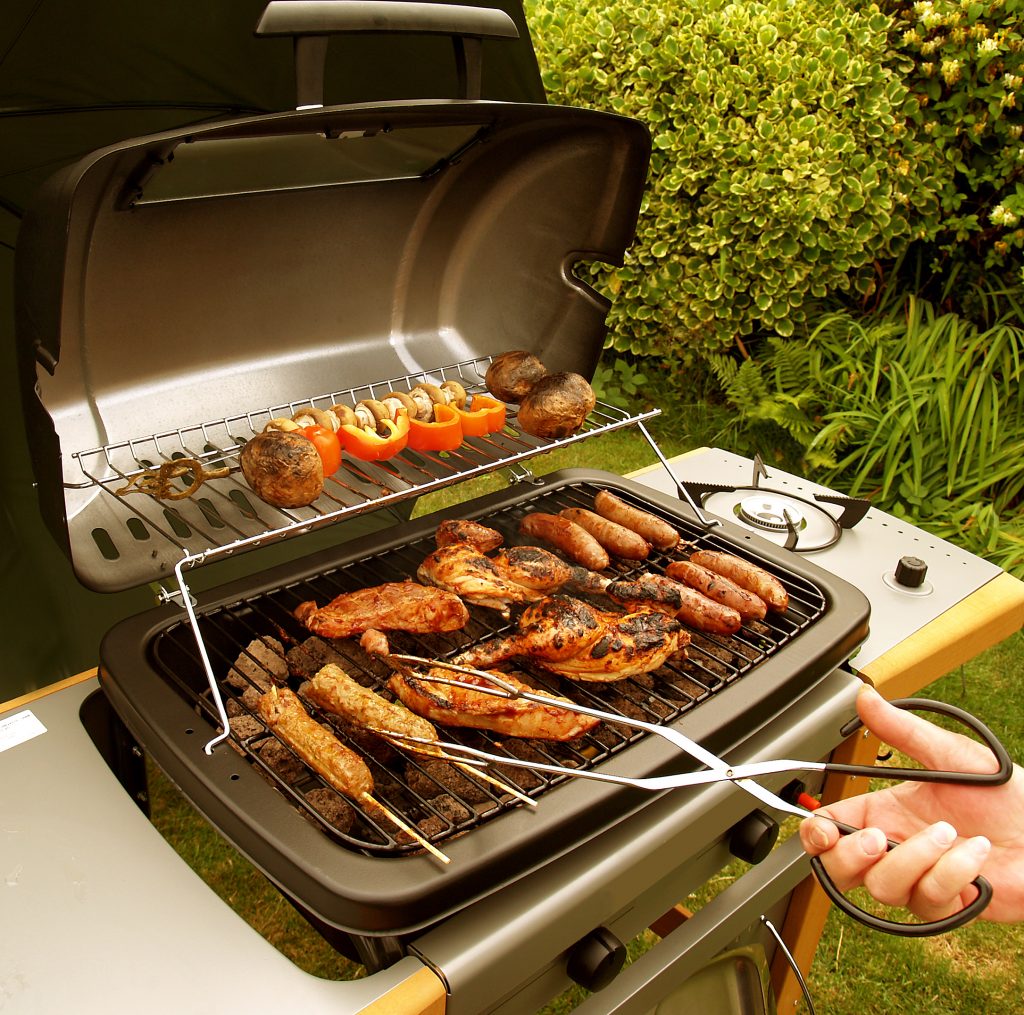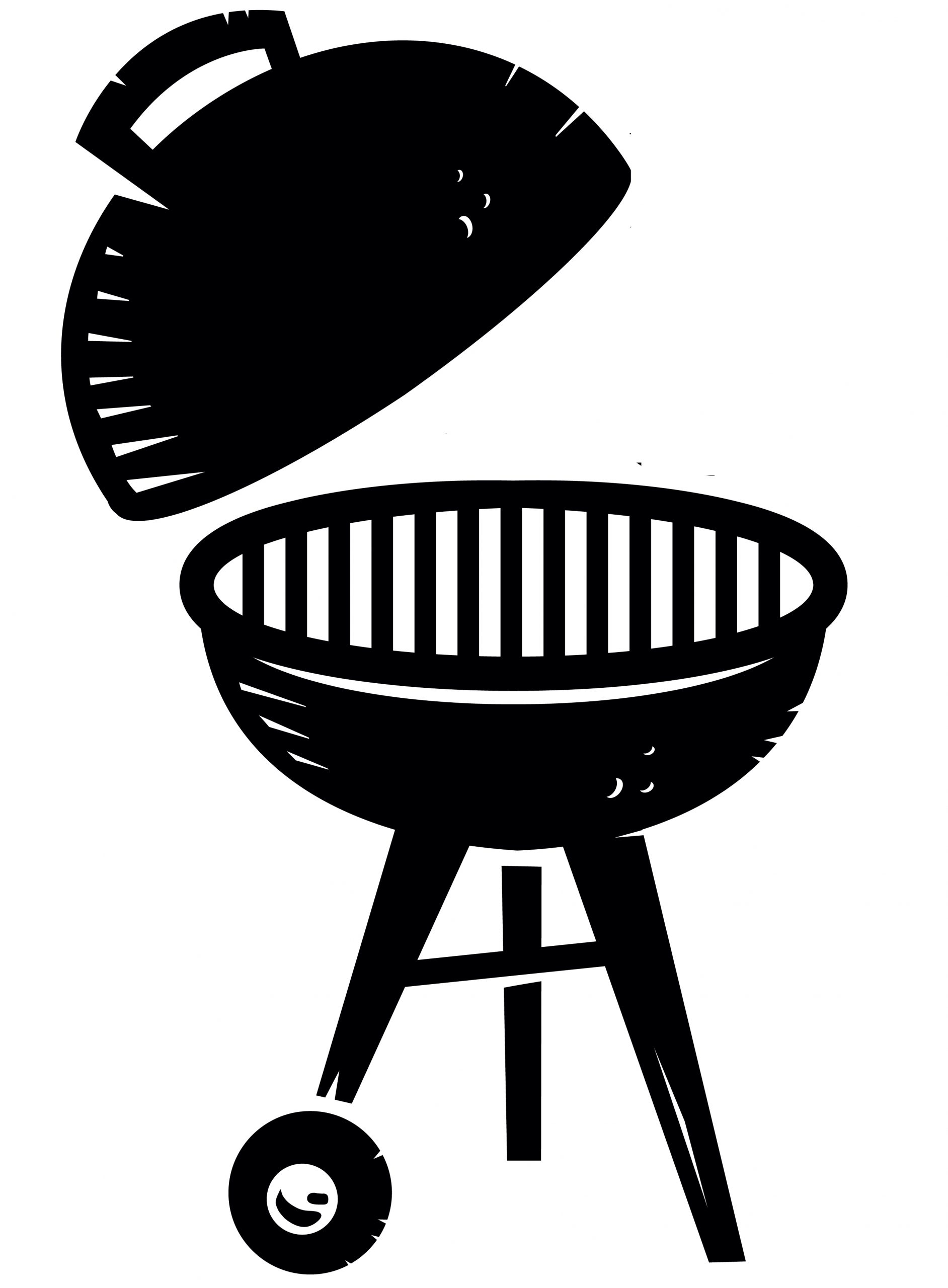Selecting the right grill is the first step to ensuring a successful grilling experience. Here are the main types of grills to consider:
- Charcoal Grills: Renowned for delivering rich, smoky flavors, charcoal grills require more time and expertise but are unmatched in taste.
- Gas Grills: Ideal for those who value convenience, gas grills heat up quickly and offer precise heat control for consistent results.
- Electric Grills: A great option for indoor cooking or small spaces, electric grills provide ease of use, though they may lack the smoky flavor of charcoal.
Choose the grill that best suits your preferences and cooking goals to begin your grilling journey on the right note.
Essential Grilling Tools You Can't Do Without
Having the right tools makes all the difference in achieving perfectly grilled food. Consider adding these items to your grilling kit:
- Tongs: Long and sturdy tongs provide better grip and safety when flipping food.
- Spatula: A solid spatula is essential for flipping delicate foods like burgers and fish.
- Grill Brush: Keep your grates clean and prevent food from sticking by brushing off residue after each use.
- Meat Thermometer: Ensure your meats are safely cooked to the right internal temperature.
- Heat-Resistant Gloves: Protect your hands from high heat while handling your grill.
- Skewers: Use metal skewers for easy, reusable cooking of kebabs and marshmallows.
Preparing Your Grill for Optimal Cooking
Proper grill preparation is essential for an even and smooth grilling process:
- Clean the Grate: Use a brush to remove old food residue from the grates.
- Oil the Grate: Lightly oiling the grill grates prevents food from sticking, particularly helpful for lean meats and vegetables.
- Preheat the Grill: Gas grills should be preheated for 10-15 minutes, while charcoal grills need to reach a white-hot, ashen state before cooking.
Temperature Control: Key to Perfect Grilling
Mastering temperature control is crucial for grilling success. There are two primary methods for managing heat:
- Direct Grilling: Place food directly over the heat for a quick cook, ideal for steaks and burgers.
- Indirect Grilling: Position food away from the heat source for slower cooking, perfect for larger cuts of meat like roasts or whole chickens.
Adjust the grill's vents to regulate airflow—opening them increases heat, while closing them lowers the temperature, allowing you to fine-tune your cooking environment.

Enhancing Flavor with Seasoning and Marinating
The key to great grilled food lies in flavor, which comes from effective seasoning and marinating:
- Dry Rubs: A mix of spices that adds a flavorful crust to meats, which you can adjust to your taste.
- Marinades: A combination of oil, vinegar or citrus, and spices helps tenderize and flavor meat. Marinating for several hours or overnight yields the best results.
- Salt and Pepper: Sometimes simplicity is the best choice. A generous seasoning of salt and pepper brings out the natural flavors in your food.
Grilling Techniques for Different Meats
Each meat requires its own grilling technique to achieve perfect results:
- Beef: Cook steaks and burgers to your preferred doneness; medium-rare (130-135°F) is ideal for steaks.
- Poultry: Chicken should reach an internal temperature of 165°F to ensure it is safe to eat. Use indirect heat to prevent burning the outside while cooking the inside thoroughly.
- Pork: Pork should be cooked to an internal temperature of 145°F. Marinating helps maintain moisture and flavor.
- Fish: Fish should be grilled over medium heat. Lightly oil both the fish and the grates to prevent sticking.

Grilling Vegetables and Side Dishes
Don’t forget that grilling isn’t just for meat—vegetables and sides also shine on the grill. Here’s how to get the best results:
- Prep Veggies: Cut vegetables into uniform pieces and coat them in oil and seasonings.
- Use a Grill Basket: Small vegetables like cherry tomatoes or sliced onions can be cooked in a grill basket to keep them from falling through the grates.
- Monitor Cooking Time: Vegetables cook faster than meats, so use indirect heat to cook them through without burning them.
Resting and Presenting Your Grilled Creations
Let your grilled meats rest for a few minutes after cooking to allow the juices to redistribute, keeping them tender and juicy. When serving, garnish your dishes with fresh herbs or a squeeze of lemon to add a vibrant, refreshing touch to the presentation.
Common Grilling Mistakes to Avoid
To ensure your grilling experience is a success, avoid these common mistakes:
- Over-flipping: Limit flipping to once or twice to allow for even cooking and a better sear on the meat.
- Pressing on the Meat: Avoid pressing down on burgers or steaks, as this releases flavorful juices and can make them dry.
- Overcrowding the Grill: Leave adequate space between items to ensure proper airflow and consistent cooking temperatures.
Conclusion: Perfecting the Art of Grilling
Grilling is an art that takes time and patience to master. With the right tools, techniques, and a bit of practice, anyone can improve their grilling skills. By selecting the right grill, learning temperature control, and experimenting with seasonings, you’ll be well on your way to creating delicious grilled dishes that will impress your friends and family. So fire up the grill and get cooking!
